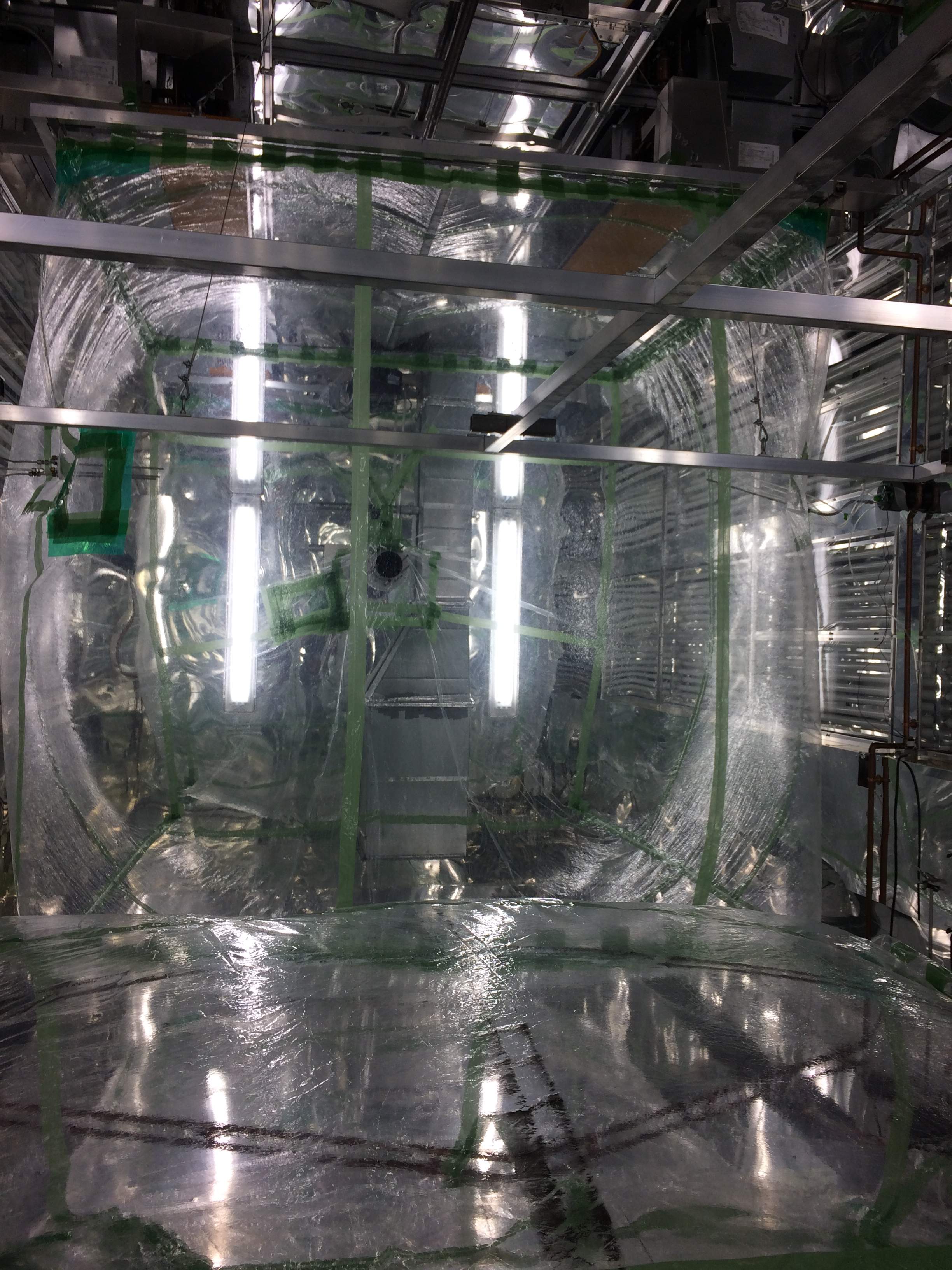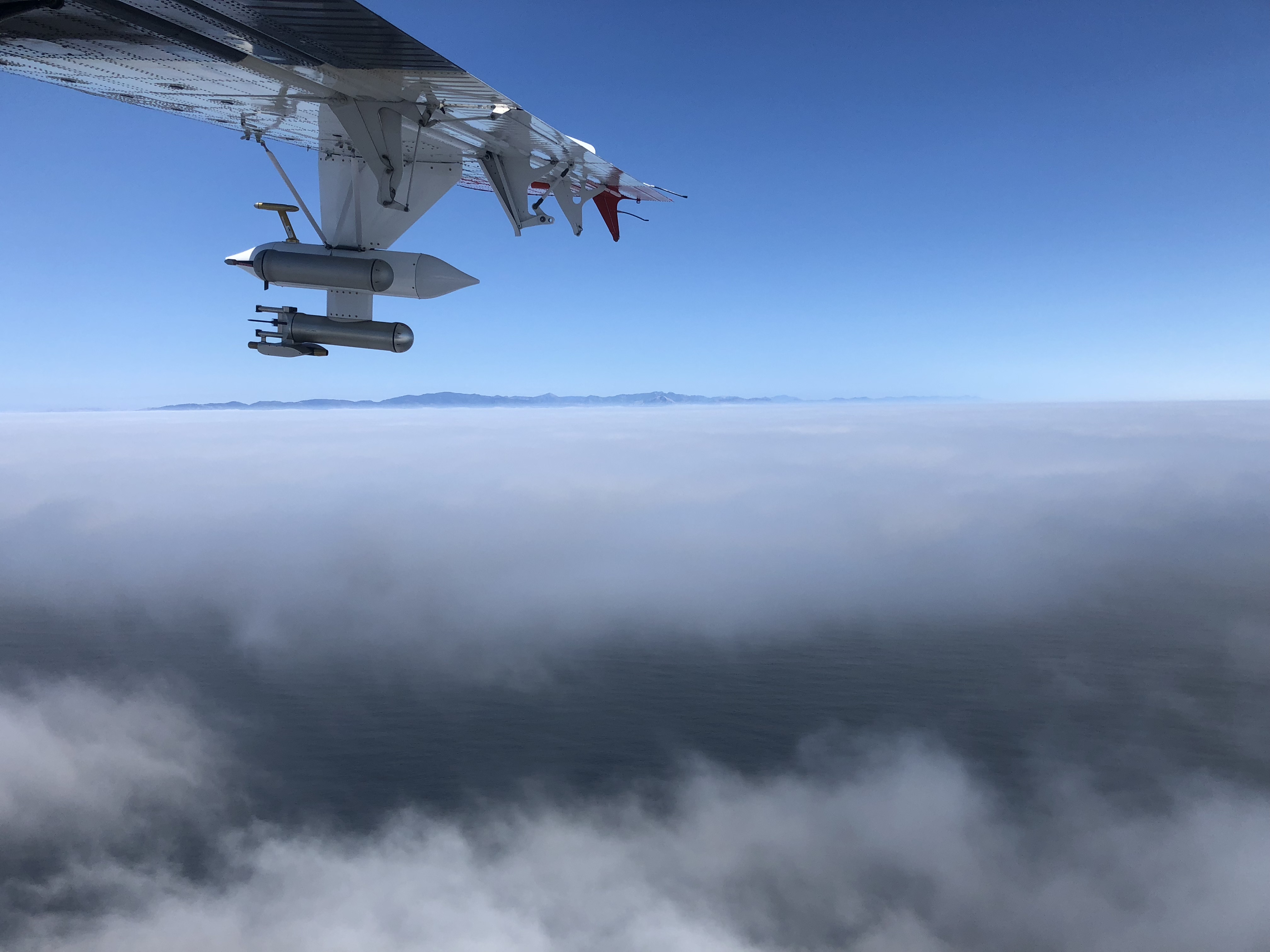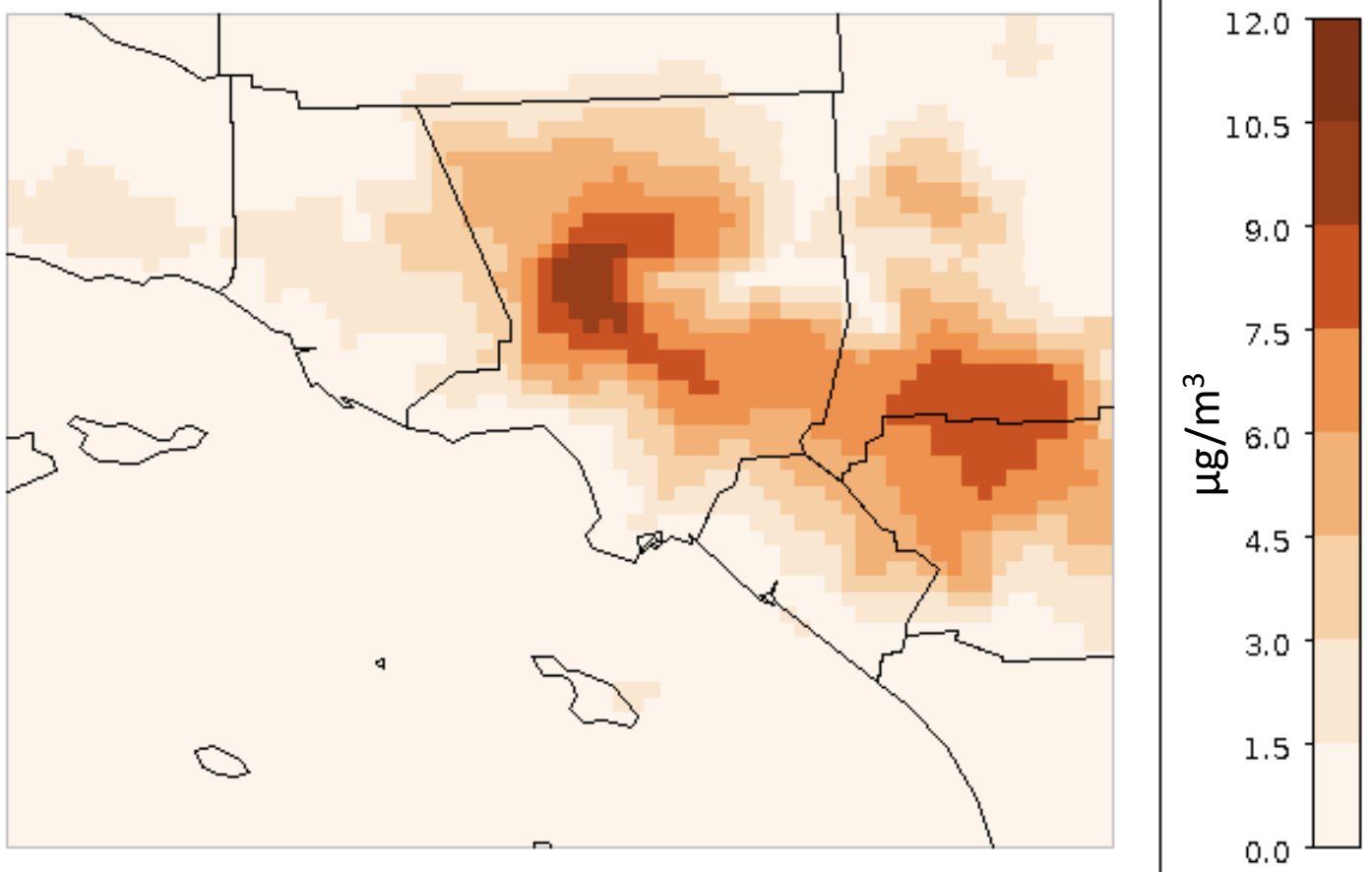Our research is broadly aimed at improving our understanding of the physics and chemistry of the atmosphere and of atmospheric aerosols, at scales ranging from the urban to the global atmosphere. This improved understanding will lead to more accurate representations of these processes in urban, regional, and global atmospheric models. We focus on the fundamental processes of atmospheric chemistry and aerosol formation and growth in the atmosphere. Of these, both the most important and the most uncertain are those involving the organic fraction of the atmospheric aerosol, which can be as large at 90% in some regions. Aerosol formation and evolution processes involve detailed gas-phase atmospheric chemistry and gas-particle interactions. We also focus on developing and evaluating the representation of aerosol-cloud-precipitation interactions in atmospheric models. Our research is broadly divided into three strongly overlapping areas:
- Laboratory chamber studies of atmospheric chemistry and the formation and evolution of atmospheric organic aerosols.
- Airborne field measurement of atmospheric aerosols and clouds.
- Urban, regional, and global modeling of air quality and climate.
Laboratory chamber studies: Atmospheric chemistry and formation of atmospheric organic aerosols

The organic portion of the atmospheric aerosol that results from the condensation of oxidation products of volatile organic compounds is referred to as Secondary Organic Aerosol (SOA). The Caltech laboratory chambers have been the source of much of the world’s data on the formation of SOA from both anthropogenic and biogenic volatile organic compounds. Our research involves carefully designed laboratory experiments to characterize particle formation and to define the atmospheric mechanisms that lead to organic aerosol. Data from our chambers are used to guide the development of comprehensive chemical mechanisms for SOA formation. The data are also parameterized for representation of SOA formation in atmospheric models, providing a strong connection with those members of the research group involved principally in atmospheric modeling.
Aerosols and climate

In the climate system, aerosols, clouds, precipitation, and radiation are a tightly coupled interacting system governed by thermodynamics and atmospheric dynamics. An ultimate goal of our climate-focused research is to increase the accuracy of treatment of these processes in global climate models. Uncertainties in the representation of cloud processes in global climate models have the potential to introduce large uncertainties in computed climate properties. Because of the complexity of aerosol-cloud interactions, observations of clouds provide essential information to evaluate models of cloud formation and evolution in atmospheric models. For example, aerosol-induced changes in the number and size distribution of cloud droplets affect the development of precipitation, the amount of precipitation that actually reaches the ground, and the persistence of precipitation. One effect of this is that clouds may persist longer and increase in spatial coverage. Our group has utilized the Navy Twin Otter aircraft, located in a large, fully-equipped hangar at the Marina Municipal Airport, a few miles north of Monterey, CA. The Caltech group, led by Professors Seinfeld and Flagan, together with Professor Armin Sorooshian at the University of Arizona, has participated in a number of large field experiments using the Twin Otter.
Modeling: Urban, regional, and global modeling of air quality and climate

Modeling of atmospheric chemistry has always been a foundation for the Seinfeld group. Earliest studies were directed to development of three-dimensional models of Los Angeles air pollution. Atmospheric modeling efforts now address the global effect of aerosols on climate, the coupling between atmospheric chemistry, aerosols, and climate, and the microphysics of aerosol-cloud interactions. A major goal of much of the work worldwide in global aerosol modeling is to narrow the uncertainties in predicting the effects of aerosols on climate. Physical and chemical representations of the aerosol-related processes are developed on the basis of detailed microscale models, or laboratory data, and implemented in large-scale models